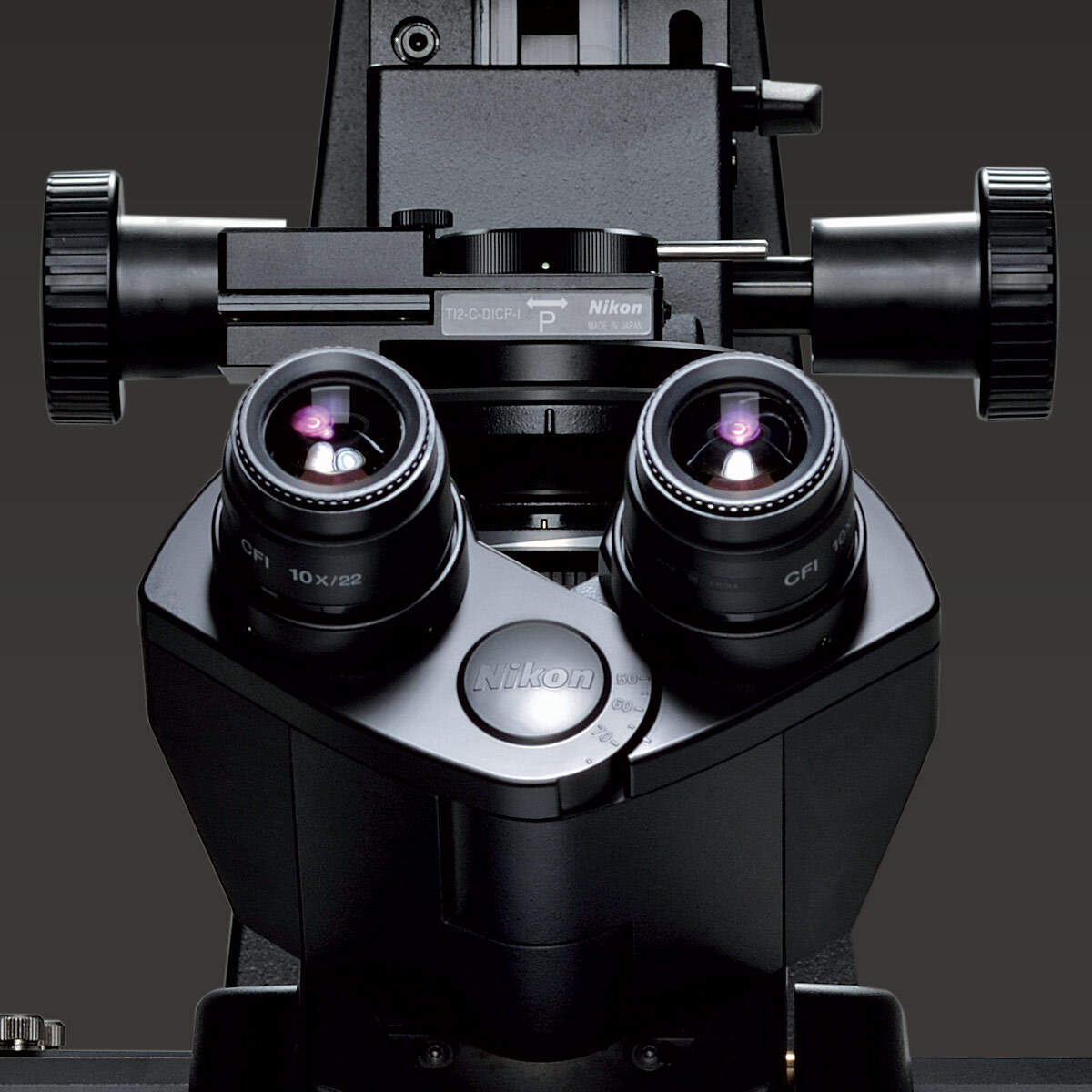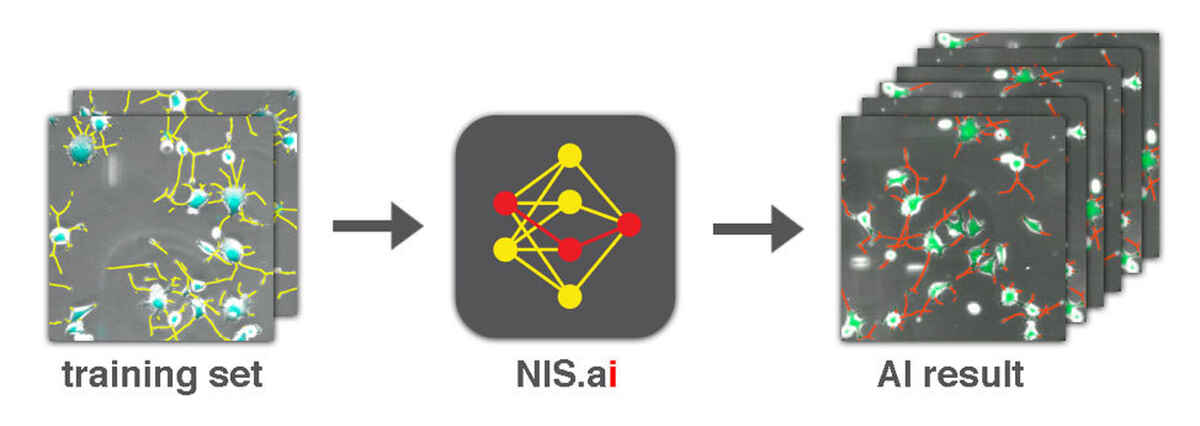MorganP
Well-known member
Z8 How well dose Eye subject Detection work in real life? I'm talking about Elk, Deer, Moose, Big Horn, Marmots..... Any insight you wish to share.
If you would like to post, you'll need to register. Note that if you have a BCG store account, you'll need a new, separate account here (we keep the two sites separate for security purposes).
In my experience it works quite well as long as the subject is a decent size in the frame. I've had some mammals with relatively large round ears like Pika and Nutria sometimes confuse eye detection but that can usually be resolved by going to a very small custom C1/C2 area like a 1:1 focus area. If the animals are way off and tiny in the frame or worse if they're in tangled brush then it doesn't always nail the eye right away but in general I find subject and eye detection works very well with both the Z8 and Z9. The addition of dedicated Bird subject detection mode helped a lot but even when I sometimes forget to toggle when say a mammal shows up and I'm shooting in bird mode or vice versa it tends to work quite well.Z8 How well dose Eye subject Detection work in real life? I'm talking about Elk, Deer, Moose, Big Horn, Marmots..... Any insight you wish to share.
SeanI have found that there are two layers to this question.
The first is how well the camera locates an animal's eye and attempts to focus on it, and I'd say that this works quite well. It isn't perfect, but it can usually identify the eye for me even at relatively small sizes.
The second is how well focus is actually acquired once it identifies the eye. This is where I find the system will miss at times, but usually for a specific reason. A key factor that I've found is that it tends to be much more hit or miss with eyes which are in darker areas of the face. For instance, on red winged blackbirds or sometimes geese I get hit or miss results since the eye area of the face is quite dark. This doesn't mean it misses horribly, just that focus can be slightly off the ideal point. Usually if I shoot a burst of photos in this situation I will get a number of photos where the focus is just how I'd like it and others where it's just off. With animals with a wider range of colors in the face this doesn't really happen very much.
True, but I have experienced continual improvement with each new firmware update. Yesterday I photographed ducks on a lake in which light levels were changing rapidly and there were ducks near to shore and quite far away. I had few problems with head/eye detection unless the ducks were in full shade with low contrast. Then I had to use single point.With many subjects, finding the body is not good enough. There seems to be a bit of random variation as well - a burst or longer series may have some misses that are unexplained, but I suspect it is related to light level or contrast.
True, though it's still not as agile or accurate as my Canon or Sony gear. They were able to "eye detect" at further distances and held onto the eye better, though as you observed, the Nikon has improved. Compared to my Canon gear, for example the Nikon has fewer AF points and lacks dual pixel. Obviously, this tradeoff is offset by the stacked sensor, lack of rolling shutter, EVF delay, and better buffer management.True, but I have experienced continual improvement with each new firmware update. Yesterday I photographed ducks on a lake in which light levels were changing rapidly and there were ducks near to shore and quite far away. I had few problems with head/eye detection unless the ducks were in full shade with low contrast. Then I had to use single point.
In other words, I need to be using my D850!For large mammals, I find the Z8 works very well. There are several ways to improve focus if you are having a problem.
- Try to have a reasonable size subject in the frame. A bear a half mile away is not large enough. The subject needs to be obvious or AF may seek a better subject. Using DX mode may help with a small subject because it makes the subject larger in the EVF.
- Use a smaller AF area if you are having problems with focus. It helps the camera to know where the subject is, and limits seeking other areas.
- Try to have backgrounds that let the subject stand out. Busy backgrounds provide more distractions.
- Properly expose your subject. If the subject is underexposed, the camera may focus on the body or another target rather than the head or eye.
- Pre-focus near your subject. It makes it easier to recognize the subject. If the subject is completely out of focus, the camera may not see your subject. It focuses with the image you see in the viewfinder.
- Be willing to use manual focus override if the camera can't find your subject or target.
- Have a Plan B for focus. I use Dynamic Small if the camera needs to focus through branches, grasses, etc.
- Practice - for fast moving subjects it takes practice to stay on the subject.
Thanks for replying.I can say having used my d850 a few weeks ago while the z8 was in the shop was a great reminder of why I have switched to mirrorless. I used the d850 exclusively since it came out and loved it but compared to the z8 it doesn’t even come close. Not sure what others are photographing but for Me the z8 is a vast improvement over dslr. i Mainly do wildlife and love fast action.
Official disclaimer no less, no more.They only promise dogs, cats, and birds in the manual. Quote:
If a dog, cat, or bird is detected when [Animal] is selected, the focus point will appear over the face of the animal in question (animal-detection AF). If the camera detects the subject’s eyes, the focus point will instead appear over one or the other of their eyes. If the camera can detect neither face nor eyes, it will display a focus point over the detected animal.
They follow up with this:
Cautions: Animal-Detection AF
Subject detection may not perform as expected if:
the subject’s face is too large or small relative to the frame,
the subject’s face is too brightly or dimly lit,
the subject’s face or eyes are obscured by fur or the like,
the subject’s face and eyes are of similar colors, or
the subject moves excessively during shooting.
The camera may display a border around subjects that are not dogs, cats, or birds but which resemble these animals.
The light from the AF-assist illuminator may adversely affect the eyes of some animals; when using animal-detection AF, select [OFF] for Custom Setting a12
To paraphrase the old song: I beg your pardon, I never promised you the moose focus....


